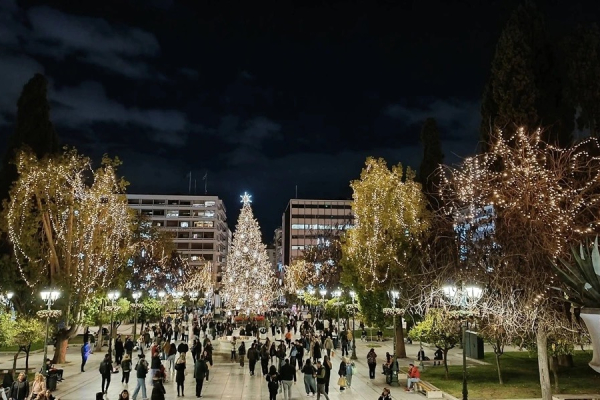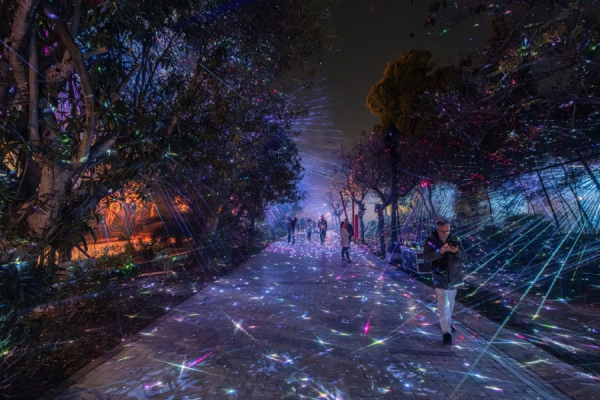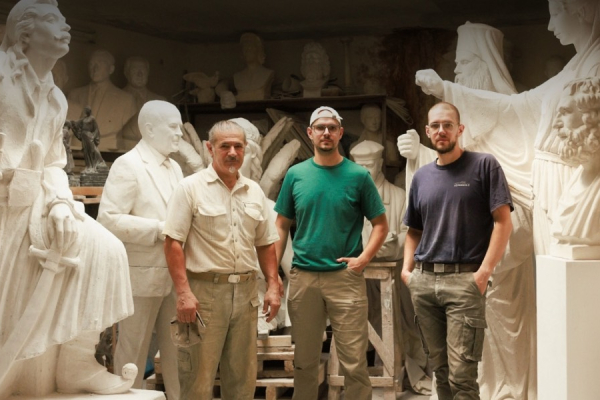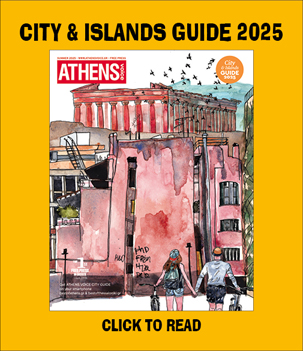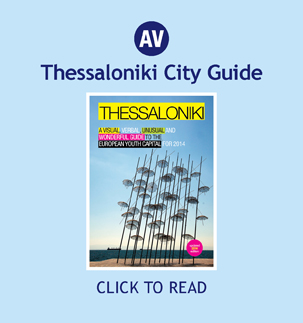by Isabelle Clayton
In Athens, the seemingly quotidian often offers a glimpse of the extraordinary. Ancient ruins juxtapose Peripteros (kiosks selling drinks, snacks, and magazines, beloved by native Greeks) on sidewalks. Excavated ionic columns and tomb stones provide seating for those traversing the National Gardens. And in the center of the ancient city, the metro stop at Syntagma Square is home to a free display of ancient artifacts, found at the time of the station’s construction.
For both budget- and non-budget-conscious travelers, Syntagma’s collection warrants a visit. The Archaeology Section, one of the most unique aspects of the collection, displays a stratigraphy of the station’s walls. The cross-section maps the history of this location, and its myriad uses over time. From housing the Peisistratid Aqueduct in the 5th century B.C., the mid and upper sections of the strata demonstrate how in the 4th century B.C., this area came to be occupied by a burial site. Although many gravestones poke out of the wall’s cross-section, one of them especially stands out, revealing the remains of a skeleton!
Glass cases display the rest of the collection. Through the process of building the Syntagma Metro Station, excavations found myriad rooms, and sewage systems, remnants of the elaborate building complex existing here in the Roman period. Notable contents of these discoveries are on display in the station, including painted plates and bowls, fragments of mosaic flooring, a beehive box, and even, an ancient piggy bank.
Over thousands of years, this location has undergone immense change. Once a place for the dead, it became one for life: a place where individuals lived; where they congregated. Now, as a metro station, it is neither. Syntagma Station has become a place of displacement. In the midst of passengers scurrying in and out of the station, to and from their homes, their jobs, their daily activities, the Archaeological Collection exists as a temporal contrast: a preservation of the past within this modern site of transportation.



